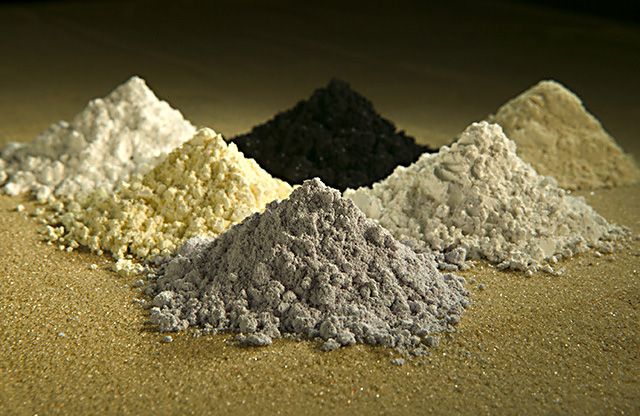

We may earn revenue from the products available on this page and participate in affiliate programs. Learn more ›
Rare earth elements have been the focus of a good deal of ink, a lot of anxiety, and a couple of tense international spats over the past year, but a Japanese discovery may make the valuable minerals a lot less rare. Geologists there say they’ve found huge concentrated deposits of rare earths in the Pacific seabed that could total 100 billion tons–or enough in a single square mile of seafloor to cover nearly half the world’s annual demand.
Rare earths–in case you missed last year’s high-tech sector fears and China’s short-lived unofficial “embargo” that rattled some Japanese and Western industries–are a group of metals that are integral to several cutting-edge technologies, including batteries, green technologies like wind turbines, and next-gen military technologies. They’re also used in lots of everyday technologies that are vital to developed economies, things like smartphones and computer monitors.
In short, the world needs rare earths and as developing economies continue their rapid upward climbs the world will need even more of them. Currently China controls 97 percent of the world’s usable supplies, and that’s been a source of tension as Chinese leaders have scaled back exports to protect industries at home. So the idea that there are perhaps hundreds of billions of tons of untapped rare earths lying in international waters is huge.
But that’s just the first of many angles to this story. For instance, how do we get to the minerals? The two sites named by the Japanese researchers are near Tahiti and Hawaii in international waters ranging from 11,500 to 20,000 feet. Deep sea mining of manganese (and copper and nickel) is already underway in the Pacific, and so some of the technology there might be applicable, as might some of hardware being developed by oil and gas explorers seeking to tap deeper and deeper energy reserves.
Next, there are environmental concerns. The fact that these reserves are in international waters could complicate regulation of any undersea mining activities, and ocean floor ecosystems could be disrupted by the dredging of huge swaths of the seabed.
Then there’s the question of whether undersea mining of rare earths is commercially viable? It may be that getting to these seabed deposits is so expensive as to be prohibitive. Or the discovery might lead to the development of entire fleets of seafloor mining robots. Whatever the future developments may be, the immediate impact is limited: China’s grip on the rare earths market is no less strong today as it was yesterday, and it’s not likely to change in the foreseeable future.
[BBC, New Scientist]
